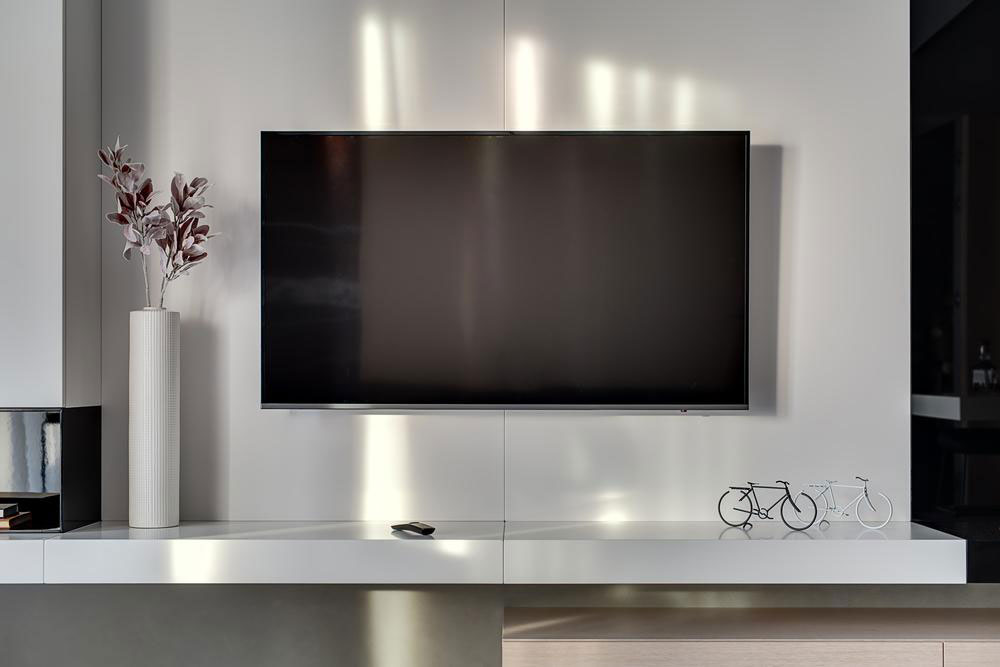Comparing Custom Displays with Cutting-Edge OLED Technology
Explore a comprehensive comparison between custom LCD-based displays and the latest OLED technology. Learn about their brightness, viewing angles, sizes, and pricing to determine the best option for your entertainment needs. Understand the key differences to make an informed decision on high-quality display technology.

Evaluating Custom Displays Against the Latest OLED Innovation
In the early 2000s, the competition primarily centered on LED/LCD versus plasma TVs, heavily influenced by affordability and performance. Recently, plasma screens have phased out, giving way to newer technologies like OLED and QLED from Samsung. Standard custom TVs typically incorporate LCD (Liquid Crystal Display) panels, such as in LED and QLED models. In contrast, OLED displays feature self-emitting pixels, offering a different approach from LCDs, where backlit LEDs illuminate the image.
Both OLED and custom LCD-based TVs deliver vivid images suitable for bright rooms and dark environments alike.
However, the key difference lies in brightness: LCD screens can achieve higher brightness levels due to their backlighting system, which is not possible with OLED displays.
When comparing LCD and OLED screens, a notable challenge is color and image consistency at various viewing angles. LCD screens often exhibit color shifts or contrast reduction when viewed off-center, which is a significant drawback for large displays in communal spaces.
Curved LCD screens can sometimes offer better off-axis viewing, but OLED displays excel here, maintaining uniform quality from all angles. Currently, LCD TVs are available in a wider variety of sizes, from under 20 inches to over 100 inches, whereas OLED models are primarily found in 55, 65, and 77-inch options.
Pricing heavily influences purchasing decisions, as OLED TVs tend to be more expensive than LCD options. Although deals on OLED models are increasingly common, the higher cost means LCD screens often represent a more budget-friendly choice. Ultimately, the decision hinges on the desired picture quality and budget: those seeking premium visuals may prefer OLED, while cost-conscious consumers might opt for LCDs.










